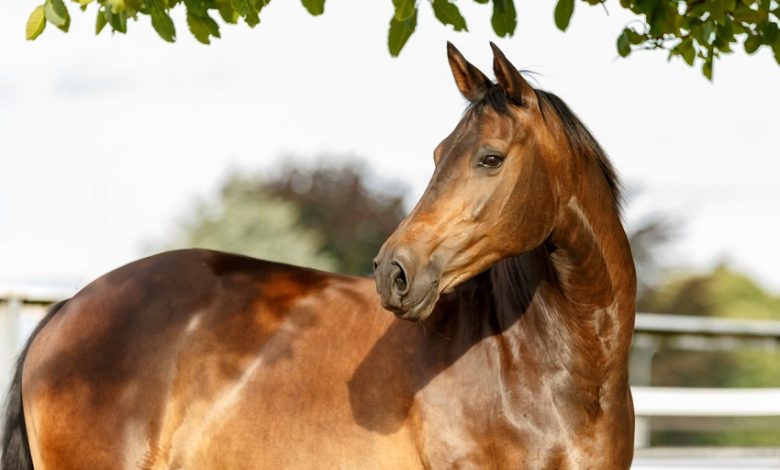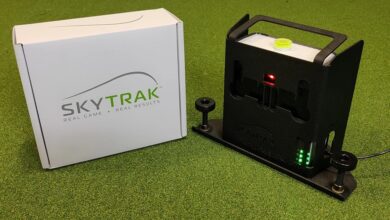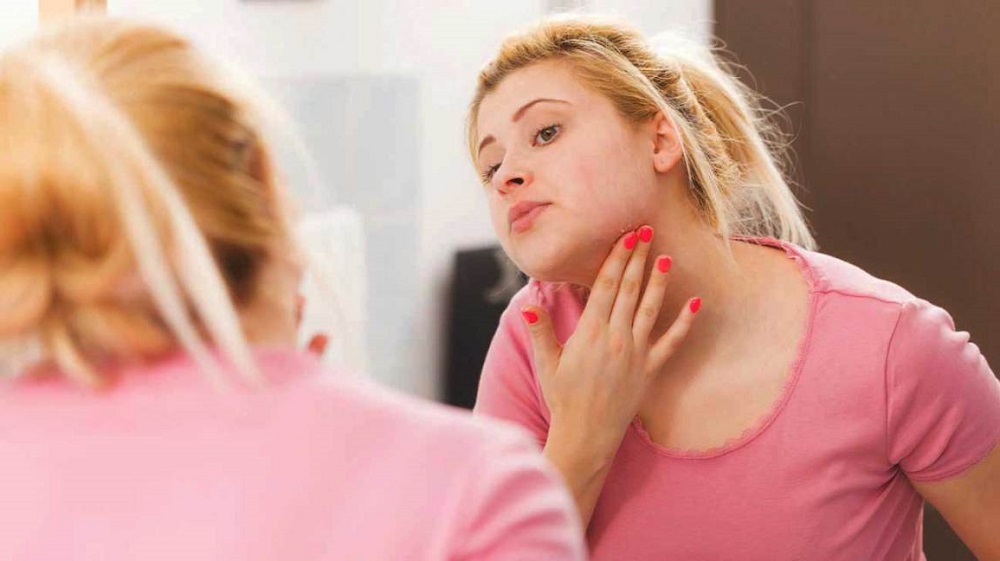
As you and your horse form that unbeatable bond, you will begin to notice small signals that help you understand how they are feeling. Although the more common movements may be obvious, there are many more subtle signs which can indicate that your horse is feeling a certain way, allowing you to act on it before the situation escalates. Whether you’re getting them into their stable rugs for the night or are out and about at local events, we’ve pulled together some of the changes in posture, movement or expression that can help you interpret your horse’s body language.
Ears turned to the side
The ears say a lot, with ears being pinned towards the neck being a key indicator of anger that all horse owners know to look out for. However, if you notice your horse’s ears are turnout out to the side, this shows that they are relaxed or asleep. At this stage, your horse is not aware of their surroundings and they are in full rest mode. Avoid sudden movements or loud sounds as this may startle them and cause them to react in a panic; be sure to approach quietly to gently get their attention.
An elevated head
If your horse is stood straight with their head held high, focused straight ahead, they are concentrating on something that they have spotted in the distance. At this point, your horse is unlikely to respond to anything you say or do as they are establishing whether they are under threat and paying attention to what is happening ahead. With the risk of your horse fleeing or getting spooked being high, try to calmly regain their attention and distract from their surroundings.
Pawing forelegs
Although the most attention tends to be put on the hind legs which are known to kick, the front legs are also a great way to notice how your horse is feeling. If you notice the forelegs are digging into soft ground with an arcing action, this is their way of saying they are becoming uncomfortable. Often a sign of impatience and tiredness, this is a sign that your horse is ready to leave a situation.
Clacking teeth
Especially common in younger horses and foals, clacking teeth is a submissive behaviour which is often used to communicate their innocence to another horse. They will raise their neck, push their head forward and clack their teeth together as a way of telling others that they are not a threat to protect themselves. This behaviour tends to stop when they reach two to three years old and is not a sign of concern.
A tight muzzle
Although it can be an easy sign to miss, it is an important one to look out for. If you notice a pursed mouth or tension around the muzzle area, it can reflect that your horse is feeling worried or stressed, with the potential to lead to unpredictable behaviour. In this situation, it is best to remove your horse from the position and minimise the fear.





